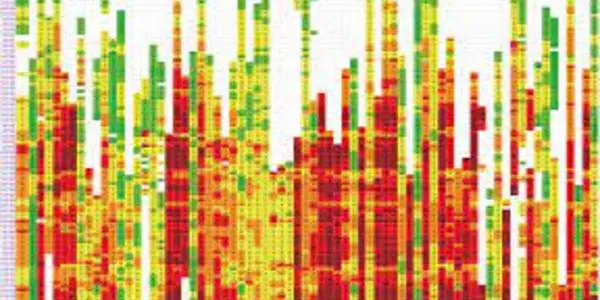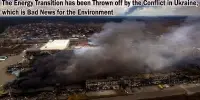Individual monitoring locations or networks of connected sensors can be used by cities to assess pollution concentrations. Cities can use recent advances in air pollution monitoring and surveillance to collect highly localized data, such as remote sensing and satellite data that measure local pollution levels around the world, as well as commercially available low-cost fixed and mobile sensors.
Setting an air quality target is critical because it establishes both the need for action and the level of action required. Many national and subnational governments have established regulatory standards for air quality, but cities must be more ambitious in order to protect their citizens. Cities can lead the way in countries that do not yet have national standards. These targets establish a framework for controlling pollution sources within a city’s control while also putting pressure on national governments to act on sources beyond the city’s boundary or authority.
The University of Queensland-led study discovered that sharing real-time air quality readings in developing countries can reduce pollution and lead to lower mortality rates. According to Dr. Andrea La Nauze of UQ’s School of Economics, the project, which is being carried out in collaboration with Carnegie Mellon University in the United States, was inspired by live air quality updates posted on Twitter.
Poor air quality is a leading cause of premature death worldwide, responsible for one out of every 9 deaths. Sharing credible air quality information can highlight this issue and have huge health and economic benefits that far outweigh the costs of monitoring technology.
Dr. Jha
“In 2008, the United States Embassy in Beijing began tweeting hourly air quality data from a new pollution monitor, which dramatically increased attention to air pollution in China,” Dr. La Nauze explained.
“US embassies now tweet live air quality readings from 38 non-OECD countries around the world. We examined 36 of these countries and discovered that sharing real-time data increased local public interest in air quality and resulted in lower levels of pollution.”
The researchers used satellite data to assess air pollution levels before and after the US embassy in a city began tweeting air quality readings, and compared the results to other non-OECD cities without embassy monitors. They discovered that sharing real-time air quality information resulted in an annual reduction in fine particulate concentration levels of 2-4 micrograms per cubic meter.

Fine particulate matter is an air pollutant that can cause serious health problems such as heart disease and reduced lung function. The researchers estimate the reduction in air pollution for the median city was worth an annual $171 million AUD in health benefits.
Dr. Akshaya Jha from Carnegie Mellon University said 90 percent of the global population is exposed to hazardous levels of air pollution, but monitoring—especially in developing countries—isn’t always available.
“Poor air quality is a leading cause of premature death worldwide, responsible for one out of every 9 deaths,” Dr. Jha said. “Sharing credible air quality information can highlight this issue and have huge health and economic benefits that far outweigh the costs of the monitoring technology.”
Dr. La Nauze said the World Health Organization last year found the state of air quality monitoring to be “inadequate,” particularly in less developed countries. “Around 30% of countries had at least some form of monitoring by 2018, but that includes monitoring that is intermittent, only covers a small part of the country or isn’t available publicly,” Dr. La Nauze said.
“Even Australia—where state governments monitor air quality and provide access to real-time data—could benefit substantially from a denser monitoring network. Policymakers, diplomats and community organizations worldwide should push for the rapid deployment of credible, real-time air quality monitoring and reporting.”
















